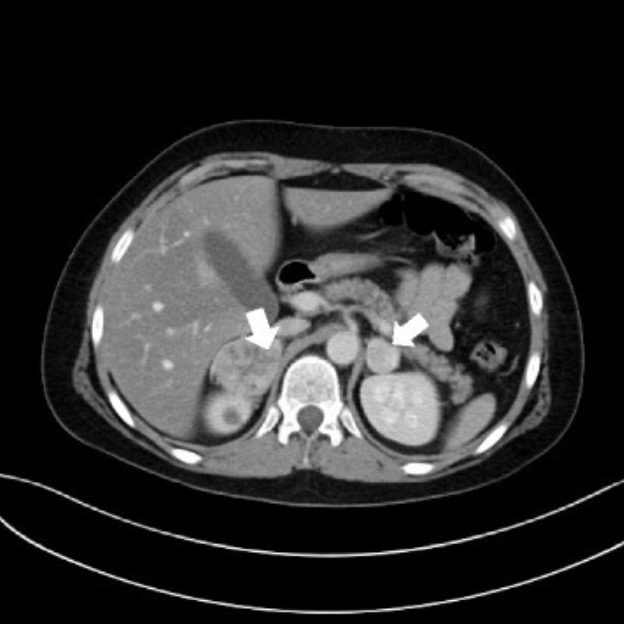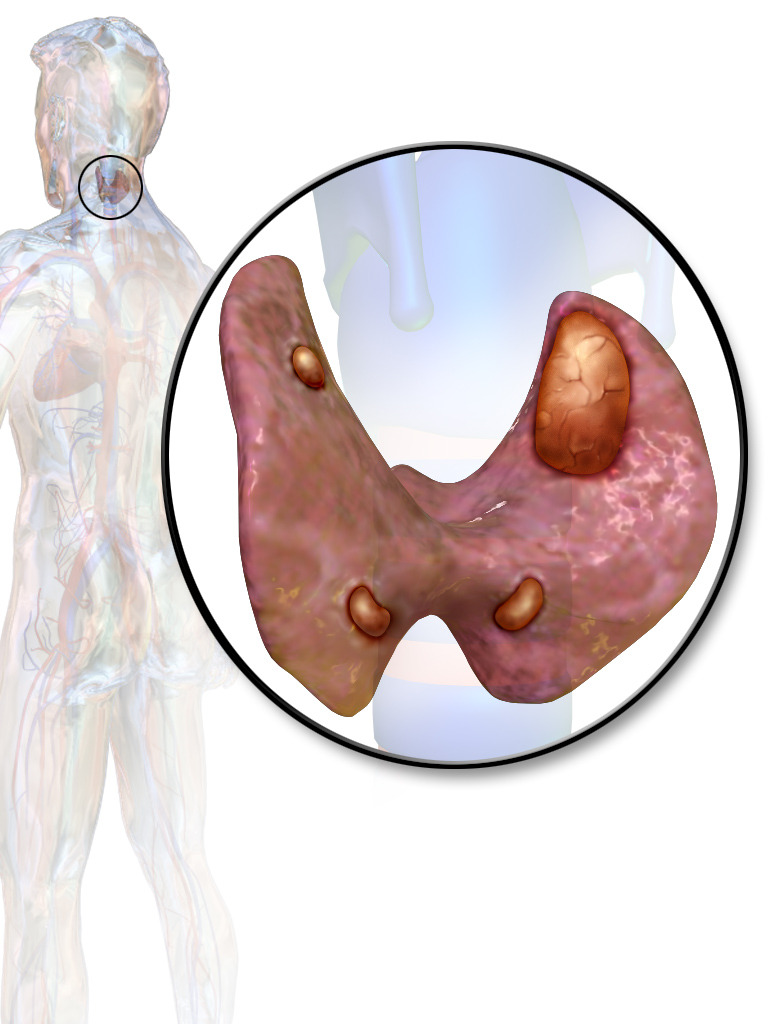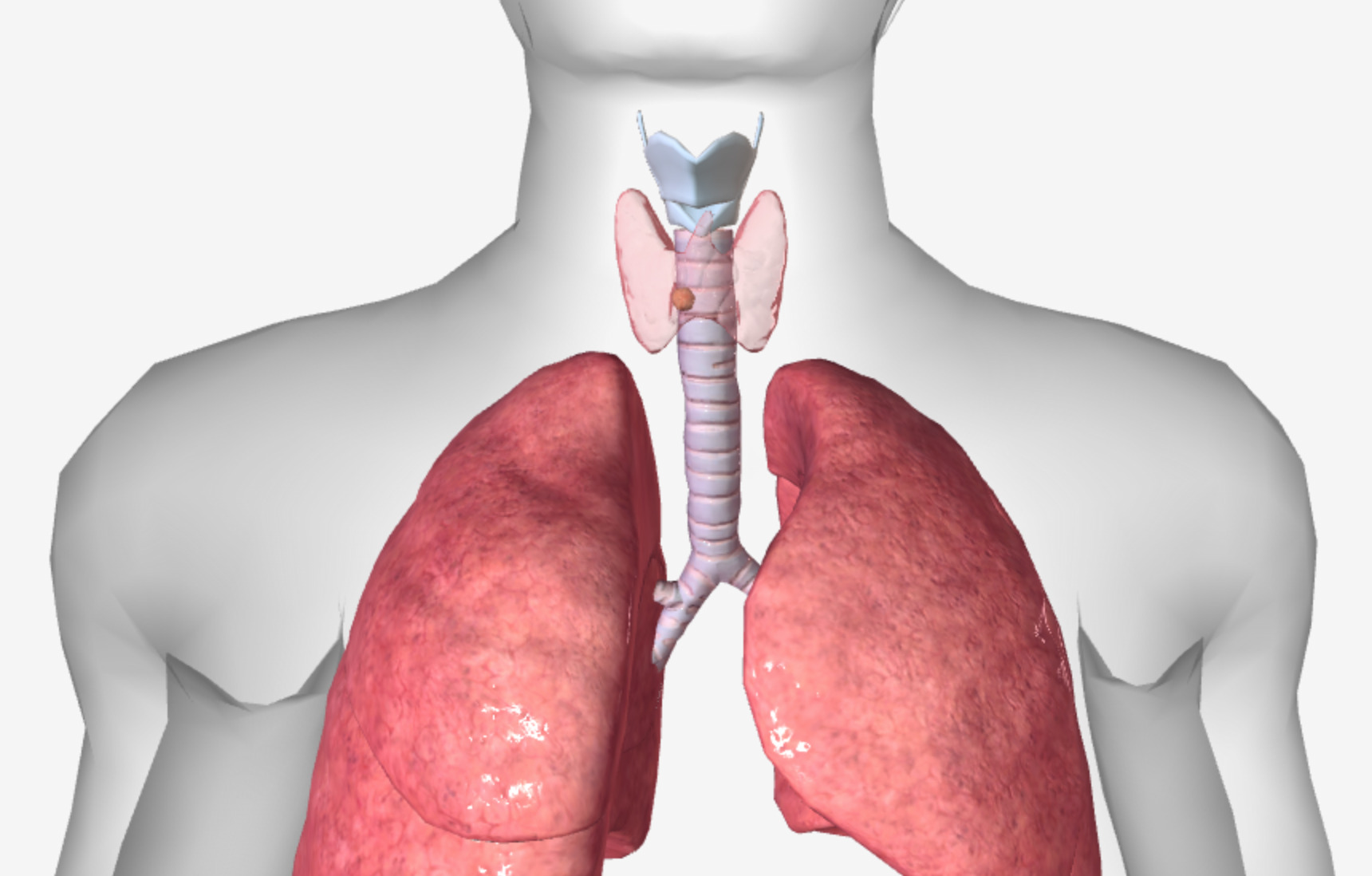Playlist
Show Playlist
Hide Playlist
Multiple Endocrine Neoplasia Type 2 (MEN Syndrome)
-
Slides PheochromocytomaMENSyndrome Surgery.pdf
-
Download Lecture Overview
00:01 Now, we’ve talked about the multiple endocrine neoplasia type 1 in other lecture series. 00:07 Let’s visit a multiple endocrine neoplasia type 2. Type 2 specifically involves a pheochromocytoma. 00:15 Again, it’s important to note most pheochromocytomas are actually sporadic and not part of syndromes. So, type 2a includes a pheochromocytoma, medullary thyroid cancer and parathyroid tumors. That’s right. Medullary thyroid cancer is associated with the RET proto-oncogene. Go back to the thyroid lectures if you need to review. 00:41 Now, let’s visit multiple endocrine neoplasia type 2b. Similar to 2a, it also includes pheochromocytoma, medullary thyroid cancer, and in this instance, mucocutaneous neuromas. 00:55 These are important concepts for multiple endocrine neoplasias and you should commit these to memory. What constitutes a malignancy? Unlike many other cancers that you’ve reviewed, 10% are malignant and more common to be malignant if the paraganglioma is extra adrenal. Remember the rules of ten? Think about what the rules of ten are for the adrenal gland. Malignancy in terms of adrenal tumors equals metastases. 01:27 Therefore, if it’s localized then there’s no metastasis and it’s unlikely to be malignant. 01:33 What are some of the signs that malignancy occurs: bone, liver, and lymph nodes. 01:39 It should be part of your metastatic workup. 01:41 Remember, since most of these patients obtain preoperative imaging, many of the metastases will show up.
About the Lecture
The lecture Multiple Endocrine Neoplasia Type 2 (MEN Syndrome) by Kevin Pei, MD is from the course General Surgery.
Included Quiz Questions
Which of the following are the three tumors associated with MEN-2A syndrome?
- Pheochromocytoma, medullary thyroid carcinoma, and parathyroid tumors
- Pheochromocytoma, medullary thyroid carcinoma, and pituitary tumors
- Pheochromocytoma, pancreatic tumors, and parathyroid tumors
- Pituitary tumors, medullary thyroid carcinoma, and parathyroid tumors
- Pheochromocytoma, medullary thyroid carcinoma, and mucocutaneous neuromas
Which of the following tumors are associated with MEN-2B syndrome?
- Pheochromocytoma, medullary thyroid carcinoma, and mucocutaneous neuromas
- Pheochromocytoma, medullary thyroid carcinoma, and neuroendocrine functional tumors of the pancreas
- Parathyroid tumors, medullary thyroid carcinoma, and mucocutaneous neuromas
- Parathyroid tumors, pituitary tumors, and pancreatic tumors
- Pheochromocytoma, parathyroid tumors, and medullary thyroid carcinoma
What further screening must be done for a patient diagnosed with a pheochromocytoma?
- Evaluation for metastases in the bone, liver, and lymph nodes
- Evaluation for the RET protooncogene
- Screening for all other MEN 1 tumors
- Sentinel lymph node dissection
- Screening for all other MEN 1 and MEN 3 tumors
Customer reviews
5,0 of 5 stars
| 5 Stars |
|
5 |
| 4 Stars |
|
0 |
| 3 Stars |
|
0 |
| 2 Stars |
|
0 |
| 1 Star |
|
0 |







